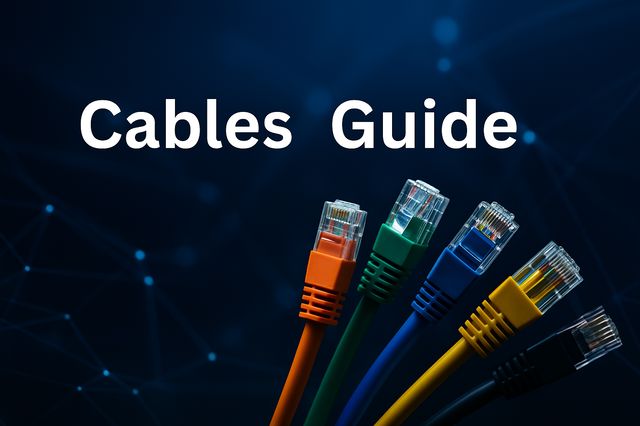Network segmentation involves dividing a network into smaller, isolated subnetworks, each with its own security controls and policies. This segmentation can be physical, using hardware devices like routers and firewalls, or logical, using software-defined networking (SDN) techniques.
Types of Network Segmentation
Physical Segmentation
- Involves separating networks using dedicated hardware like switches, routers, or firewalls.
- Common in highly secure environments like data centers or critical infrastructure.
Logical Segmentation
- Uses VLANs (Virtual Local Area Networks) to segment traffic without additional hardware.
- Often paired with technologies like SDN for dynamic and scalable segmentation.
Micro-Segmentation
- A finer-grained approach using software-based controls to isolate workloads or applications.
- Popular in cloud environments and data centers to protect east-west traffic.
Identity-Based Segmentation
- Segments users and devices based on identity and roles, often leveraging zero-trust principles.
How to Implement Effective Network Segmentation
Define Objectives and Scope
Begin by identifying the purpose of segmentation in your network. Common goals include protecting sensitive data, preventing lateral movement of threats, and meeting compliance requirements. Conduct a thorough risk assessment to prioritize areas that need segmentation.
Map Your Network
Use tools like network topology maps to gain a comprehensive view of your network. Identify critical assets, high-risk zones, and traffic flows. Understanding where data moves and resides is key to defining effective segments.
Create Security Zones
- Guest Zone: Isolated from internal resources, allowing only internet access.
- Production Zone: Restricted to critical applications and systems.
- Development Zone: Dedicated to testing and development environments.
Leverage VLANs and Subnets
Use VLANs to group devices logically, even if they are physically dispersed. Assign IP subnets to each VLAN for better traffic management and monitoring.
Implement Access Controls
Use firewalls, access control lists (ACLs), and zero-trust principles to enforce strict traffic rules between segments. Ensure that only authorized traffic is allowed to flow between zones.
Monitor and Analyze Traffic
Deploy network monitoring tools to track traffic patterns and detect anomalies. Tools like NetFlow, Zeek, or Splunk can provide insights into segment utilization and potential vulnerabilities.
Test and Optimize
Conduct regular penetration tests and audits to identify weaknesses in your segmentation strategy. Adjust policies and controls as your network evolves.
Best Practices for Network Segmentation
- Follow the Principle of Least Privilege
Limit access to resources based on user roles and responsibilities. Avoid broad permissions that increase the risk of unauthorized access. - Use Multi-Layered Security
Combine segmentation with other security measures like intrusion detection systems (IDS) and endpoint protection for comprehensive defense. - Automate with SDN
Software-defined networking enables dynamic and automated segmentation, reducing manual errors and improving scalability. - Regularly Update and Patch
Ensure that all devices in your network are running the latest firmware and security patches to prevent exploitation of known vulnerabilities. - Educate Your Team
Train employees on the importance of segmentation and their role in maintaining network security.
Real-World Use Case: Protecting Critical Infrastructure
A large financial institution implemented micro-segmentation to protect its sensitive data and prevent breaches. Using SDN and identity-based controls, they segmented their network into zones for customer data, employee systems, and third-party access. This approach minimized lateral movement during an attempted ransomware attack, limiting the damage and ensuring compliance with regulatory standards.
Network segmentation is not just a technical necessity; it is a strategic imperative for modern organizations. By dividing networks into secure and manageable zones, cybersecurity professionals can reduce risks, enhance performance, and maintain control in an increasingly complex digital landscape. With the right tools, policies, and expertise, organizations can create a robust segmentation strategy that safeguards their assets and ensures operational continuity.


